|
Last week's blog sparked a very interesting discussion on the use of the broche in goldwork embroidery. And since two more historical books on goldwork embroidery have arrived since, I thought I'll share the additional information in another blog post.
Monica Dutting from the Netherlands reminded me that goldwork embroidery is very popular in the Arab world as well. When we started to look at pictures and videos of the stitching of the Kiswa (the goldwork embroidered covering of the Kaaba in Mecca) we saw that the embroiderers use a wooden broche as well. You can see their broche in action in the above video together with some pretty spectacular goldwork embroidery. Unless you are fluent in Arabic, you probably want to forward the video to 19:25.
If you look closely, you see that their broche is a rather simple piece of rectangular wood on which the gold- and silver threads are wrapped. At one end, the Arab broche has a groove. The metal thread is secured to this groove with a piece of white string or yarn and then wrapped onto the shaft. By the way, the metal threads used on the Kiswa are apparently produced in Germany. Now that's probably Austria, in Vienna, to be more precise :). Annelies Englram from Germany commented on last week's blog post that she had been advised by an elderly master embroiderer from Germany that you do need to wrap the broche with perle in order to protect the goldthread. By now, I am pretty sure that this advice can be tracked down to Ms Dillmont's needlework encyclopedia. No other historical source (not associated with Ms Dillmont) I have been able to track down uses any kind of 'protection' with the broche. The simple piece of wood used in the video on the Kiswa is a stark reminder of this as well. Instead, I believe, as Ms Dillmont wrote her book to promote the use of DMC needlework products, that the use of the perle must be seen in that light. After all, DMC never sold 'real' goldthreads. In order to be able to include a chapter on goldwork embroidery in her book, she needed to make sure that she promoted DMC products as much as she could. And the advice Annelies was given shows that it worked. In one respect, however, the advice Ms Dillmont gives, resembles that seen in the Kiswa video above: "The body and the lower part of the prongs are first covered with a double thread of DMC pearl cotton (Coton perle), yellow or grey, ending with a loop, to which the gold or silver thread to be wound on to the spindle is attached. The thread is usually wound double on to the spindle" (Dillmont 1945, 186-187). The embroiderers of the Kiswa also use a loop of thread to secure their metal threads in the groove of their broche. With the type of broche depicted in Ms Dillmont's needlework encyclopedia, this is, however, unnecessary as the metal thread itself can be looped and placed in the groove/prongs.
One of the new historical books that arrived last week was 'The Art of the Embroiderer' by Charles Germain de Saint-Aubin, originally published in 1770. And originally published in French, but luckily translated in English. De Saint-Aubin was embroiderer at the court of the French kings and he wrote down everything he knew about embroidery. And this is what he wrote about the broche: "A boxwood tool about six inches long with a triangular base to keep it from rolling around as it is used. One winds the gold or chenille for couching on the hollowed-out section of the spindle. One passes the end of the thread through the cut in its head while working so that one touches only the spindle and never the gold for fear of tarnishing it. One draws out the thread from the top end or the cut, as one uses it. After it is unwound several turns, it is then replaced in the cut which holds and keeps it firm while being used" (Saint-Aubin 1770/1983, 65).
Now, this is an interesting one: putting the thread end(s) through the groove at the top for more control. In the above video, I experiment with using the broche this way. It does work, but it comes at the disadvantage of touching the gold more, than when you don't use the broche this way. And after seeing the male embroiderers working with their broche in the Kiswa factory in Mecca, I don't think this has been the common way in which the medieval broche was used.
This is what De Saint-Aubin's broche looks like. And thanks to Jane Drummond from the UK for sending a clearer picture of the coat of arms of the Broderers Guild of London, this is the exact type of broche depicted in that coat of arms.
And last but not least, I managed to find another charming historical source: 'Die Kunst der Goldstickerei' by Amelie von Saint-George published in 1902. She was a tutor at the Kaiserlich-Königliche Fachschule für Kunststickerei in Vienna. Very well possible that this is the same embroidery school Ms Dillmont had been instructed at. Here we read: "... so spult man das Gold - gewöhnlich einen doppelt genommenen Faden - auf die Bretsche, das zum Sprengen nötige Werkzeug. Zur Schonung des Goldes wird sie vorher mit starken Seidenfäden dicht umwickelt" (Saint-George 1902, 13). This translates as: wrap the gold - usually taken double - onto the broche, which is a mandatory tool for couching. To protect the gold, wrap the broche with thick silk yarn first. Above you see a picture from this book with two broche in action. Interestingly, here we have the wrapping again and the threads spool from the groove. What could be behind this?
Remember, this book was published nearly a decade after Ms Dillmont's needlework encyclopedia. Ms Dillmont and Ms von Saint-George probably knew each other personally as they likely went to the same school. Ms Dillmont wraps with perle as this is a cheap and readily available DMC thread. Ms von Saint-George recommends silk as she writes in her introduction at length about the fact that goldembroidery is for the happy few (she tutored at the Imperial School of Needlework!). Silk is a far more expensive thread than perle. Ms von Saint-George clearly knew Ms Dillmont's needlework encyclopedia. She knew the wrapping advice. So when she wrote her book, she had drawings made that look rather similar to those in the needlework encyclopedia, but a little bit more realistic, I feel. I might be wrong, but as no other historical or contemporary source recommends the wrapping of the broche, this seems a logical deduction to me. Personally, I would not wrap my broche. Anyone working with passing threads will know that they have a tendency to snag on any type of yarn. Imagine wrapping your perfectly smooth broche with yarn and then wrap your snag-happy passing thread onto it ... Please feel free to leave a comment below. I'll keep looking for more advice on using a broche. And maybe I can start a collection of different broche from all over the world past and present:). Literature Dillmont, Th. de (1945). Encyclopedia of Needlework, revised edition. Mulhouse: Th. de Dillmont. Saint-Aubin, C. G. de (1770/1983). The art of the embroiderer. Translated and annotated by Nikki Scheuer. Los Angeles: Country Museum of Art. Saint-George, A. von (1902). Die Kunst der Goldstickerei nebst einer Anleitung zur Verwendung der Goldstickerei in Verbindung mit Applikation. Wien: Wiener Mode.
0 Comments
A couple of years ago, the above wooden tool arrived in the mail. It was sent by Nuria Picos, fellow RSN-student who had gone on studying with the famous goldembroidery masters in her native Spain. Luckily, Nuria had taken the trouble to include a step-by-step instruction on how to use this particular tool as I had never seen it before. At the RSN, we didn't use fancy spools like this to wrap our goldthreads on. At best, you were given a piece of rolled-up felt wrapped in tissue paper. It works. But this works so much better! At the time, this wooden tool was simply called a spool for goldthreads. It protects your precious threads from oxidation by touching them too much with your hands. The spool also prevents them from tangling. It wasn't until I started to read older instruction books on goldwork embroidery, that I came across the proper name of this type of spool: broche (French/English), brodse (Dutch) and Bretsche (German). You can tell from the spelling that they all have a common origin.
The brodse is an old tool. In the 1970s, a complete wooden brodse was found during an excavation in Dordrecht, the Netherlands. The piece measures 18,2 x 1,6 cm and dates to the third quarter of the 14th-century. It is held under inventory number F 6395 at the Boijmans van Beuningen museum in Rotterdam, the Netherlands. And it shows the same characteristics as my modern-day Spanish brodse: two prongs at one end, a long shaft and some embellishment that prevents the spool from rolling off your frame. Although I am an archaeologist who has dug medieval deposits, I would not have known what the above object was used for prior to becoming a goldembroiderer. Let alone if I would have found an incomplete one. I suspect many of my colleagues have the same problem. I've contacted wood-expert Silke Lange to see if she knows of any other examples. So far, her search has not turned up any more brodse. However, I'll keep you posted if she comes up with any.
How do we know that the wooden object found in Dordrecht was really used in embroidery? Well, we do have a picture. The above drawing shows Sara Marrel sitting at a table on which rests her embroidery frame (weighed down!) and on which lies a brodse. The drawing was made in 1658 (about 300 years younger than the brodse from Dordrecht) by Johann Andreas Graff (husband of Maria Sibylla Merian, famous scientific illustrator) in Frankfurt am Main (Germany). I just wished the drawing was a bit more detailed when it comes to how the goldthread is wrapped around the brodse!
We know that the above-shown objects were named brodse in Dutch from the embroiderers guild regulations from Utrecht written down in 1610: 'Gelijck oock niemandt sich sal mogen vervorderen op de Raempte off mette Brodse, eenich werck te maken, ten sij hij off zij het Gildt voldaen hebben, op poene van telcken maendt te verbeuren een daelder' (De Bodt 1987, 4). It means that nobody is allowed to make any piece on an embroidery frame or with a brodse when they don't pay the embroiderers guild. The Worshipful Company of Broderers still displays two crossed brodse in their coat of arms.
As said before, you do encounter the brodse in older literature. But not in all. It is notably absent from M. Louis de Farcy's 'La broderie du XIe siecle jusqu'a nos jours' written in 1890 in France. But that other famous embroidery institution from France, Ms Therese de Dillmont (who actually was Austrian ...), does mention the Bretsche in her famous 'Encyclopedia of Needlework' from the DMC library, first published in 1886. The original German text from the 'neue, vermehrte und verbesserte Auflage' from 1925 reads: 'Die Spindel auch Bretsche genannt, ist aus hartem Holz gearbeitet und ungefähr 23 Zentimeter lang. Sie dient zum Aufwinden des Metallfadens. Der Holzstab, sowie die Gabel sind mit doppellaufendem DMC Perlgarn (Coton perle) in hellgelber Farbe zu umwinden. Der Goldfaden ist dann an die Schlinge zu Knüpfen und um den unter der Gabel befindlichen runden Stab zu winden. Der Stickfaden ist ein- oder mehrfach, meistens zweifach auf die Spindel zu winden' (Dillmont 1925, 189). In the English translation it reads like this: 'The spindle is an instrument made of hard wood, about 9 inches long, on which the metal threads are wound and with which they are guided while the work is in progress, so that they need not be touched by the hands. The body and the lower part of the prongs are first covered with a double thread of DMC pearl cotton (Coton perle), yellow or grey, ending with a loop, to which the gold or silver thread to be wound on to the spindle is attached. The thread is usually wound double on to the spindle' (Dillmont 1945, 186-187).
Those of you who can read both languages will have noticed that there are marked differences in what they say. No wonder. This book has been revised many times. The most noticeable differences are that the German text has the original name for the wooden spool 'Bretsche' whereas the English text only mentions spindle. But the English text mentions why the spool is used (so as not to touch the metal thread) and this is not mentioned in the German text. But this is not what puzzles me most. Has any of you understood the part on the actual wrapping of the spool? Not even the drawing published in both editions of the book is much help to me. It does not make sense. Why would you wrap the spool first with the perle? Passing thread would happily snag on it :). I think Ms Dillmont has never used a Bretsche or seen it being used. The tool had probably become rare by the time she did her apprenticeship in 1873 in Vienna. This would also explain why De Farcy does not mention the tool in his book although he does cite Ms Dillmont frequently on other embroidery matters.
Luckily, we have other sources! The above drawing comes from a Dutch embroidery instruction manual written in 1910. Here the thread is wound around the shaft of the 'houten rol waaromheen de goud- of zilverdraad gewonden wordt' (Van Emstede-Winkler 1910, 84). This translates as: wooden reel on which the gold- or silver thread is wrapped. The drawing completely ignores the prongs. Again, one gets the impression the tool was no longer standard practice in goldwork embroidery when Mrs van Emstede wrote her manual.
And last but not least, I found the above picture in a German source from 1913. Here it reads: 'Unentbehrlich für jede Art der Goldstickerei ist ... die Sprenggabel oder Bretsche ... (Donner & Schnebel 1913, 406). And further: 'Der ganz feine Metallfaden wird 2, seltener 4 fach, über die Bretsche glatt gewickelt' (Donner & Schnebel 1913, 419). This translates as 'essential for any type of goldembroidery ... is the broche ...' and 'the very fine metal thread is wrapped double, less often four times, flat onto the broche'. And luckily for us, they also provide a picture of the tool in action:
Now this makes complete sense! The embroiderer works on an embroidery frame with the left hand under the frame (with the needle) and the right hand on top of the frame holding the Bretsche (and a stiletto). Can you see how a single metal thread runs through the pronged bit before it is wrapped onto the shaft of the Bretsche? That's how Nuria instructed me to load up my Spanish goldwork spool. I've made a FlossTube video so you can see me do it in 3D. The writers of this excellent manual used or had seen the Bretsche being used. No hear-say, but actual experience.
You can order your wooden broche directly from Richard Pikul in Canada.
P.S. Did you like this blog article? Did you learn something new? When yes, then please consider making a small donation. Visiting museums and doing research inevitably costs money. Supporting me and my research is much appreciated ❤!
Literature
Bodt, S. de (1987). ... op de Raempte off mette Brodse ... Nederlands borduurwerk uit de zeventiende eeuw. Haarlem: Brecht. Dillmont, Th. de (1925). Encyklopaedie der weiblichen Handarbeiten. Mulhouse: Th. de Dillmont. Dillmont, Th. de (1945). Encyclopedia of Needlework, revised edition. Mulhouse: Th. de Dillmont. Donner, M. & C. Schnebel (1913). Ich kann handarbeiten. Illustriertes Hausbuch für die Techniken der weiblichen Handarbeit. Berlin: Ullstein. Emstede-Winkler, I. van (1910). De technieken van kunstnaaldwerk. Amsterdam: Van Looy. |
Want to keep up with my embroidery adventures? Sign up for my weekly Newsletter to get notified of new blogs, courses and workshops!
Liked my blog? Please consider making a donation or becoming a Patron so that I can keep up the good work and my blog ad-free!
Categories
All
Archives
July 2024
|
Contact: info(at)jessicagrimm.com
Copyright Dr Jessica M. Grimm - Mandlweg 3, 82488 Ettal, Deutschland - +49(0)8822 2782219 (Monday, Tuesday, Friday & Saturday 9.00-17.00 CET)
Impressum - Legal Notice - Datenschutzerklärung - Privacy Policy - Webshop ABG - Widerrufsrecht - Disclaimer
Copyright Dr Jessica M. Grimm - Mandlweg 3, 82488 Ettal, Deutschland - +49(0)8822 2782219 (Monday, Tuesday, Friday & Saturday 9.00-17.00 CET)
Impressum - Legal Notice - Datenschutzerklärung - Privacy Policy - Webshop ABG - Widerrufsrecht - Disclaimer

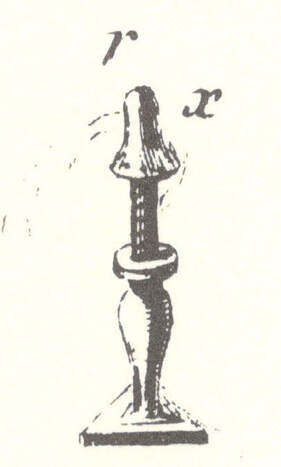
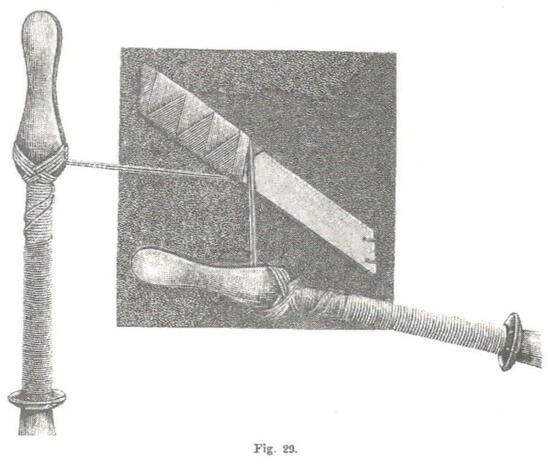
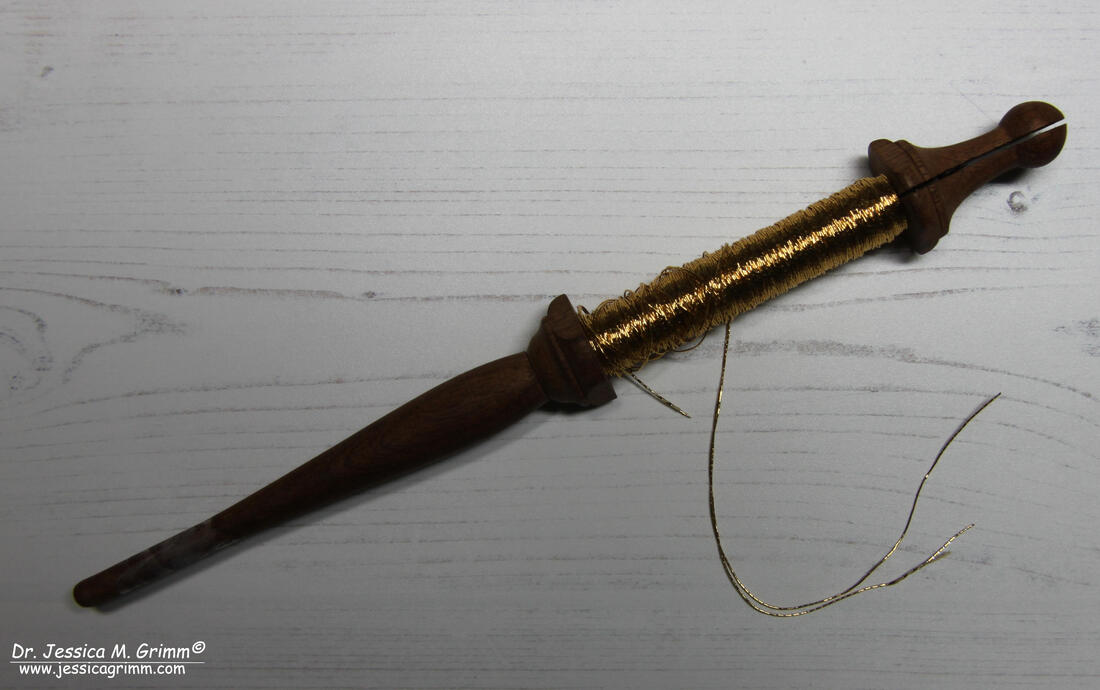

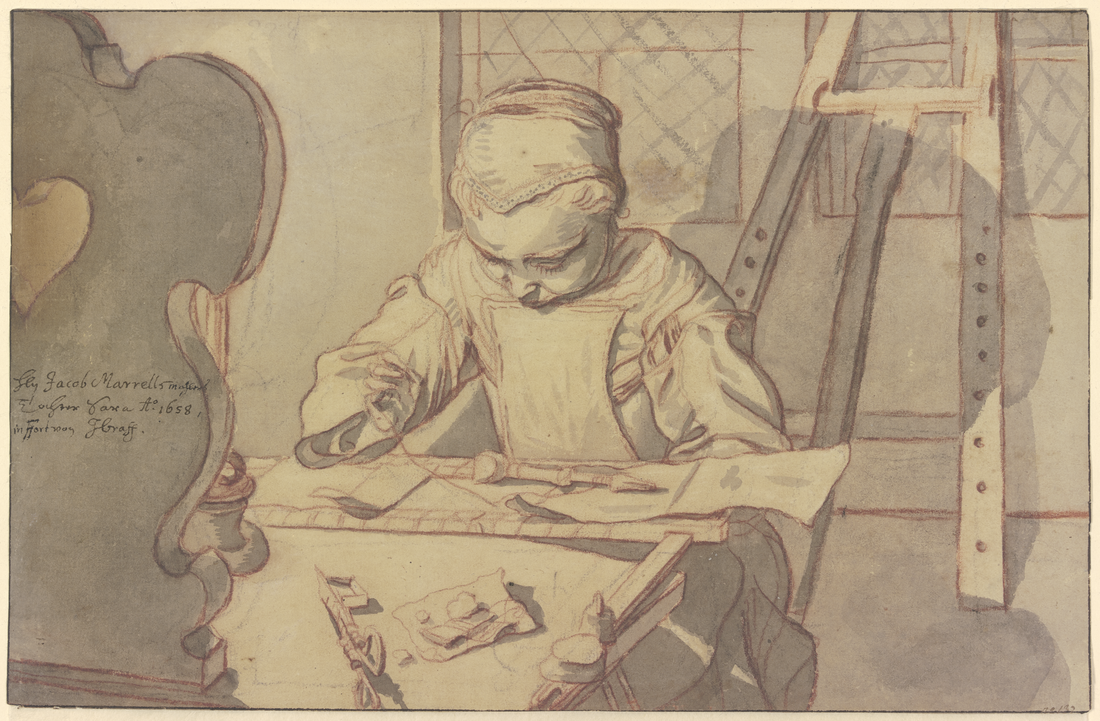



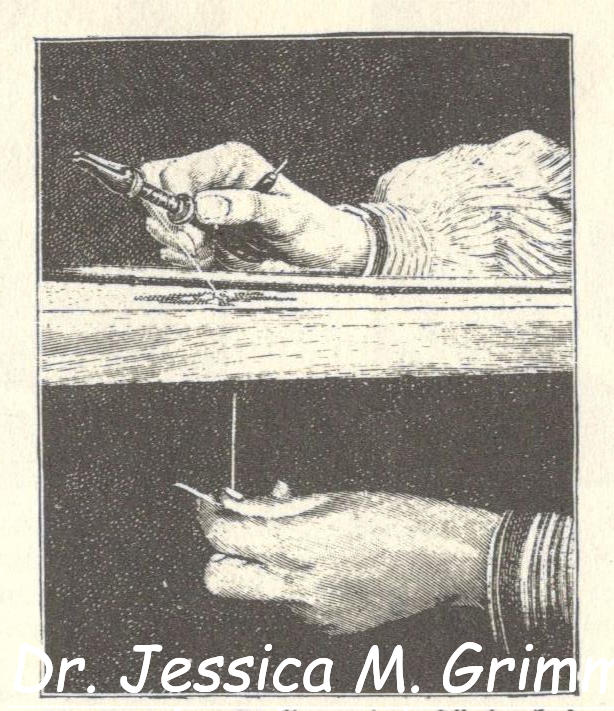





 RSS Feed
RSS Feed